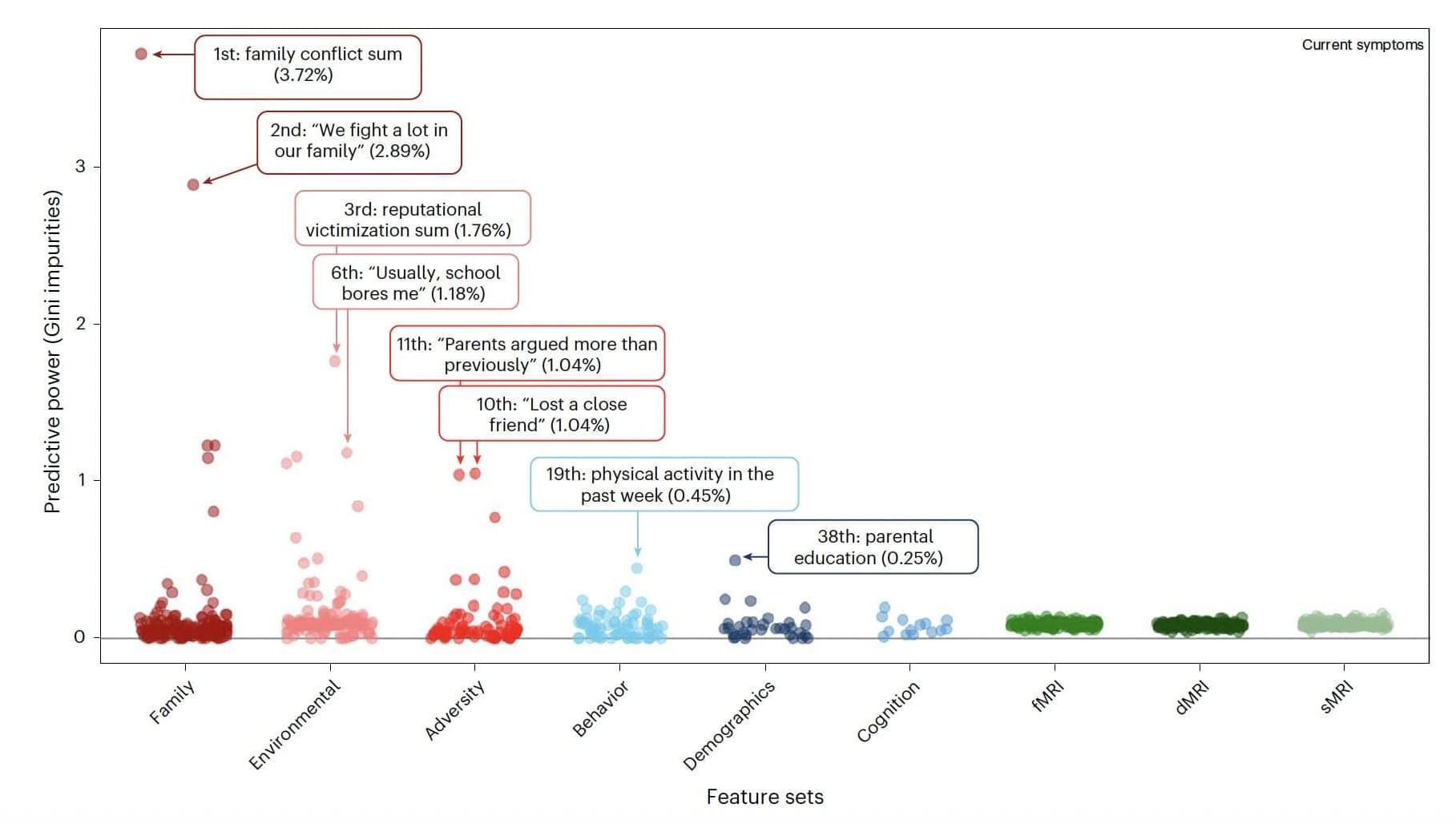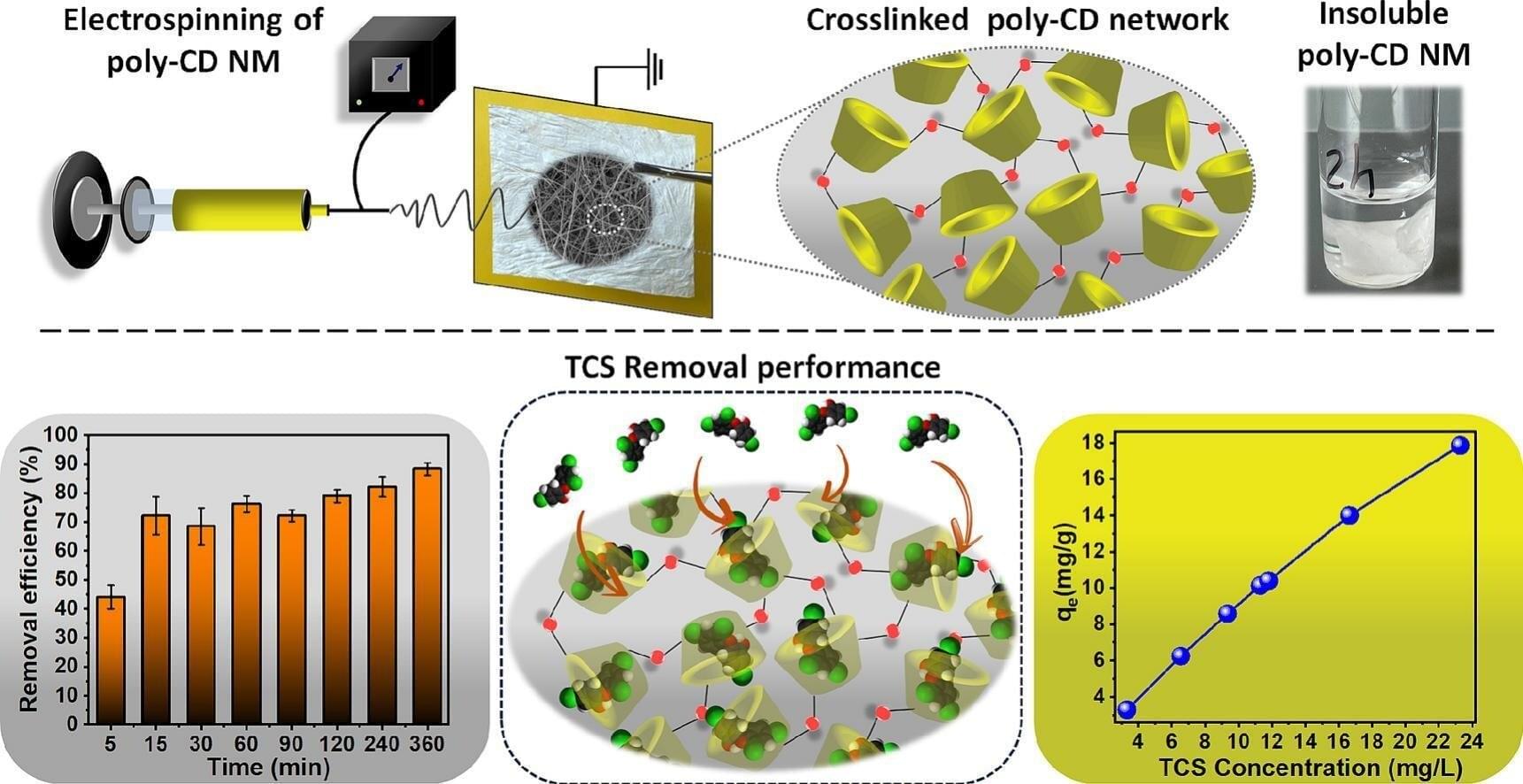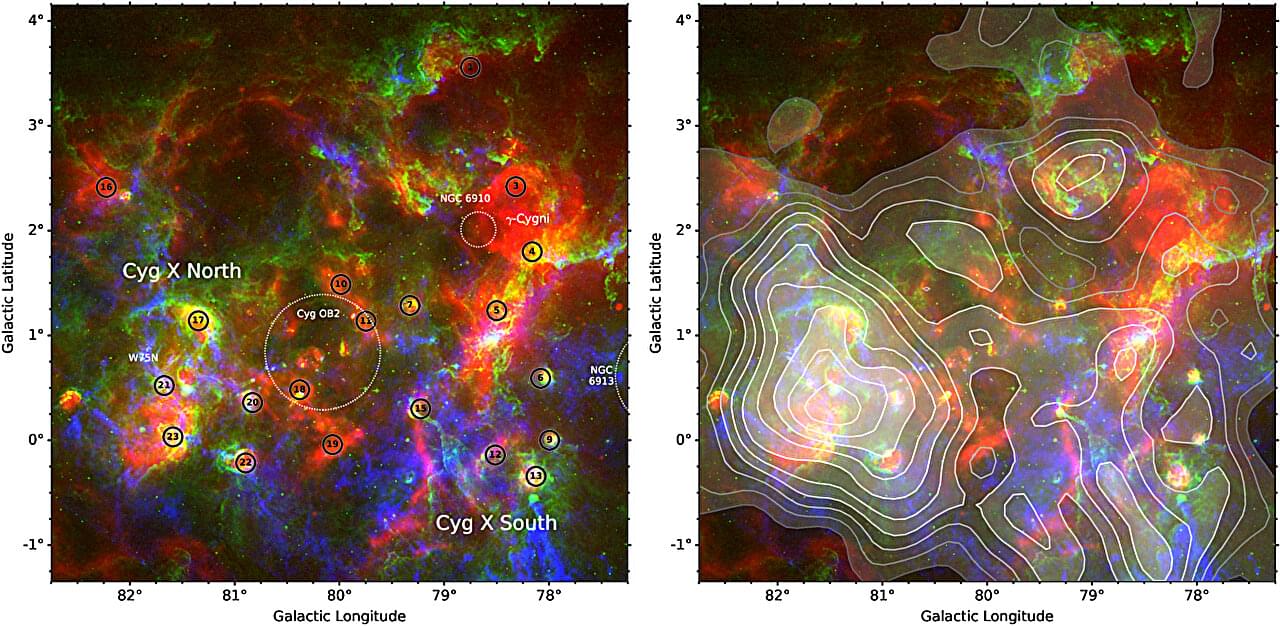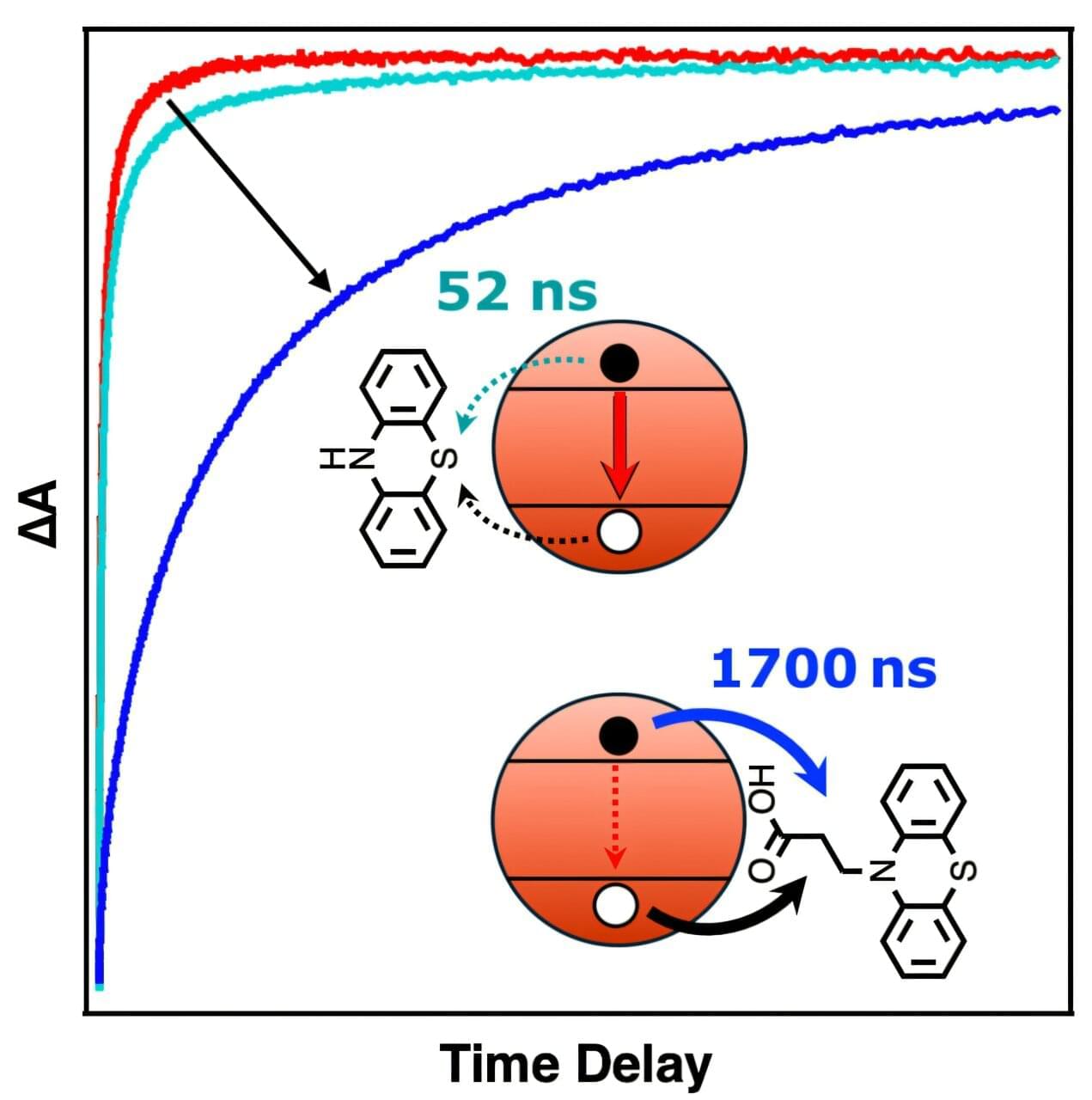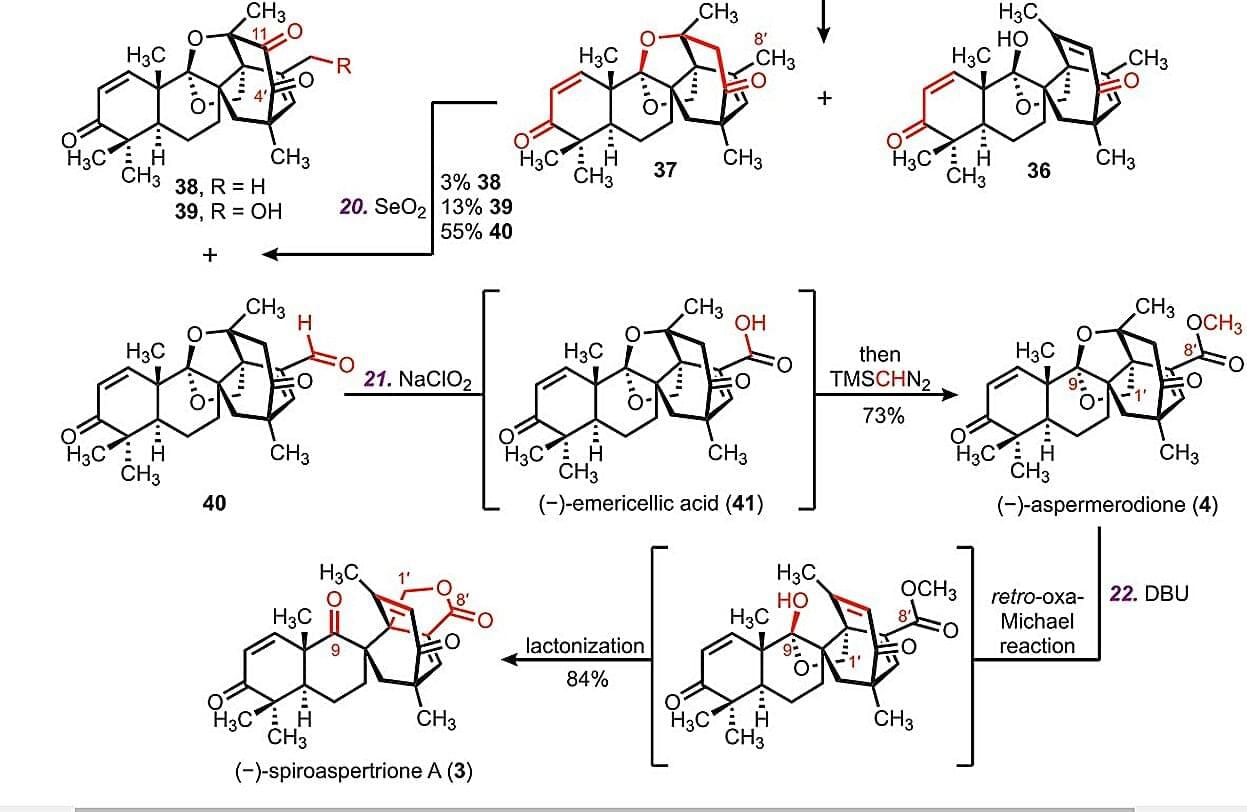Physicists at MIT have developed a new way to probe inside an atom’s nucleus, using the atom’s own electrons as “messengers” within a molecule.
In a study appearing today in the journal Science, the physicists precisely measured the energy of electrons whizzing around a radium atom that had been paired with a fluoride atom to make a molecule of radium monofluoride. They used the environments within molecules as a sort of microscopic particle collider, which contained the radium atom’s electrons and encouraged them to briefly penetrate the atom’s nucleus.
Typically, experiments to probe the inside of atomic nuclei involve massive, kilometers-long facilities that accelerate beams of electrons to speeds fast enough to collide with and break apart nuclei. The team’s new molecule-based method offers a tabletop alternative to directly probe the inside of an atom’s nucleus.


